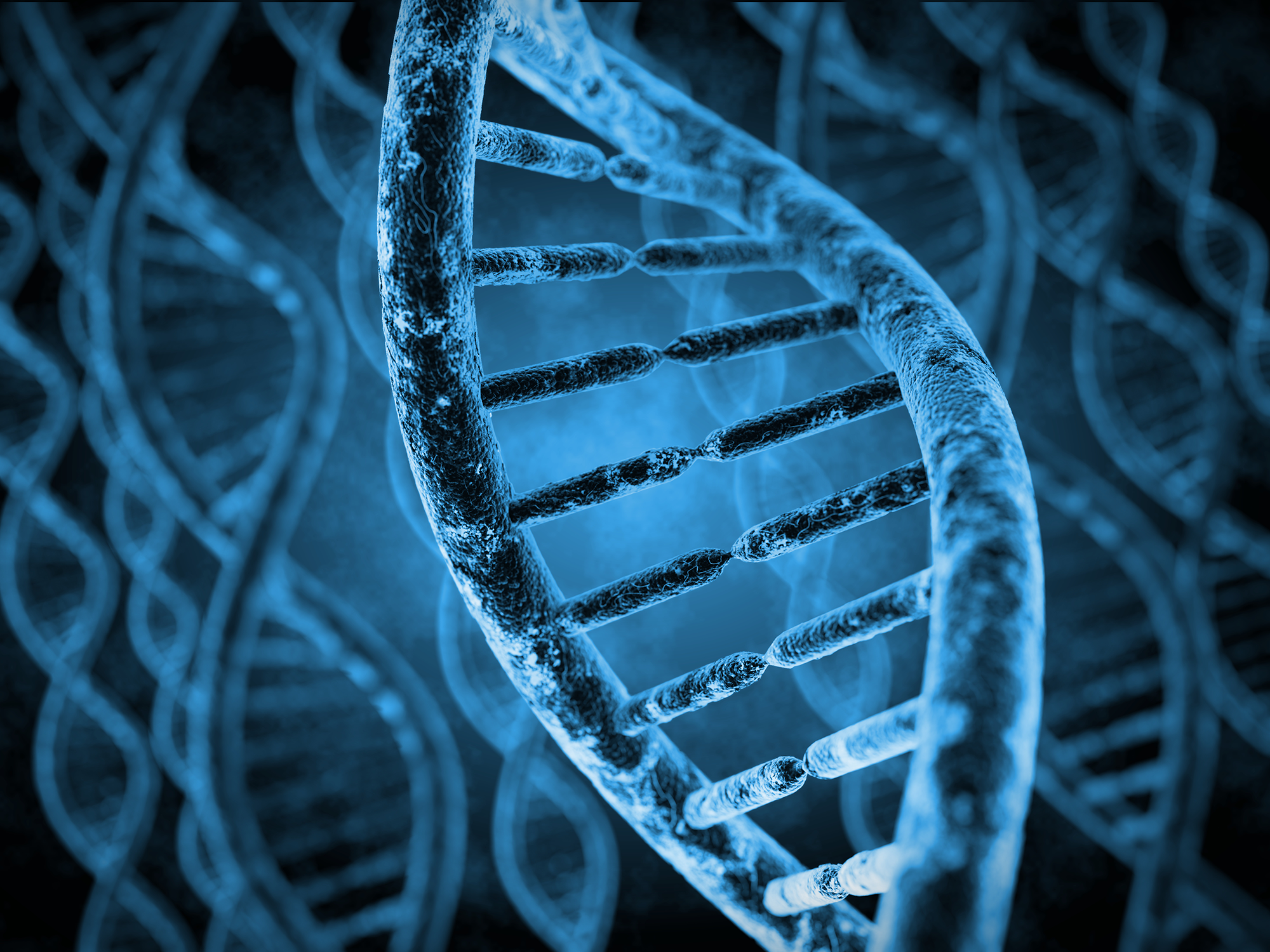One Test May Spot Cancer, Infections, Diabetes and More

Imagine a world where cancer, diabetes, and other serious diseases could be diagnosed by drawing just a little blood. No, it’s not the scene from a futuristic movie. Thanks to innovative research, this concept may not be far off.
Cell-free DNA, or cfDNA, are fragments of DNA that are released into the bloodstream when cells die. cfDNA provides information on the original location of the dying cells, and thus, which parts of the body are damaged.
There have been multiple studies and commercial applications of cfDNA testing and the results are astounding. By testing the blood of a pregnant woman, doctors can identify Down’s syndrome and other similar conditions during the first months of pregnancy. More recently, however, researchers are busy testing liquid biopsies, which aim to identify the unique DNA that tumors spill into the bloodstream. Liquid biopsies offer hope that tumors may be identified quicker and therefore treated more easily.
Researchers have also been exploring the possibility that DNA fragments in the bloodstream can be used to identify chronic infections or diseases before they present symptoms. With some successful testing done, there are still many obstacles in the way before these kinds of tests are offered everywhere.
Will cfDNA testing become the go-to method for physicians to diagnose certain diseases and infections? Geneticist Jay Shendure of the University of Washington has called cfDNA a molecular stethoscope for the next 200 years, and while this sounds promising, these kinds of tests need to first be affordable and practical before widespread application. However, it is encouraging to think that a minimally invasive blood test could be the future of medical testing and may be the key to a healthier world.
Read the source article at Science News, Articles, and Information


